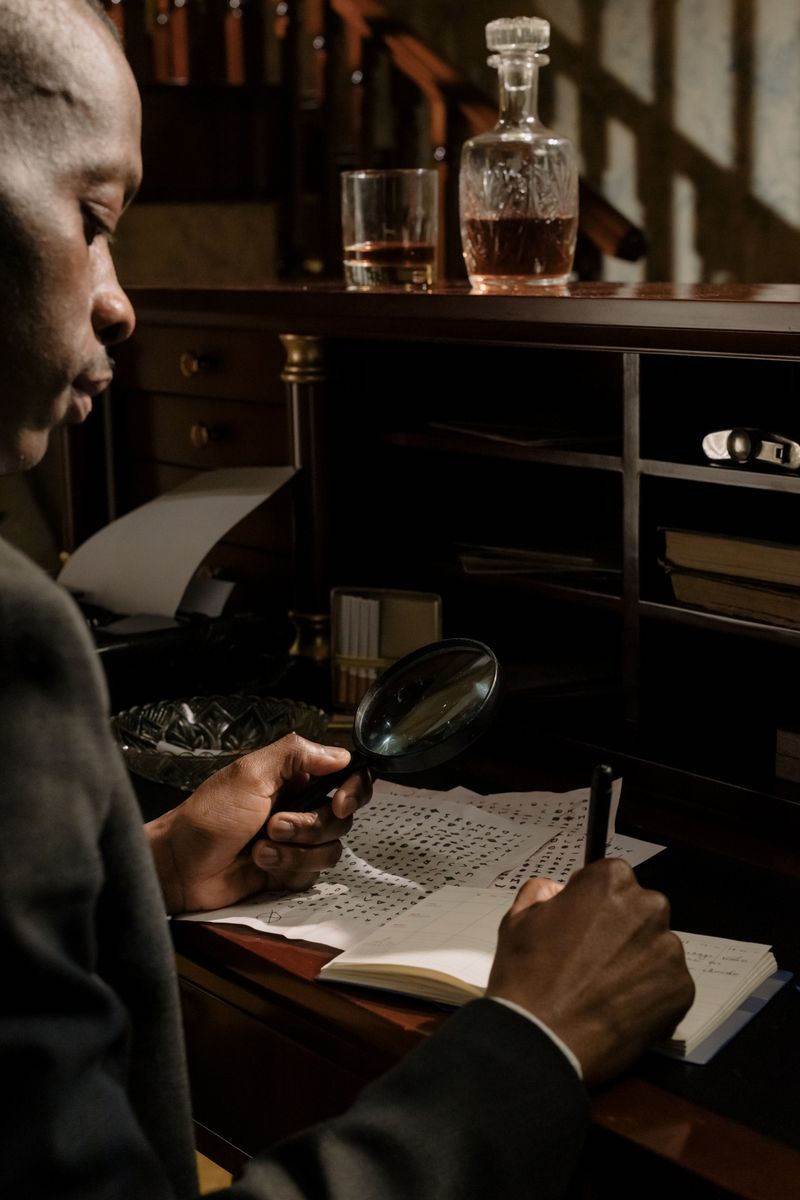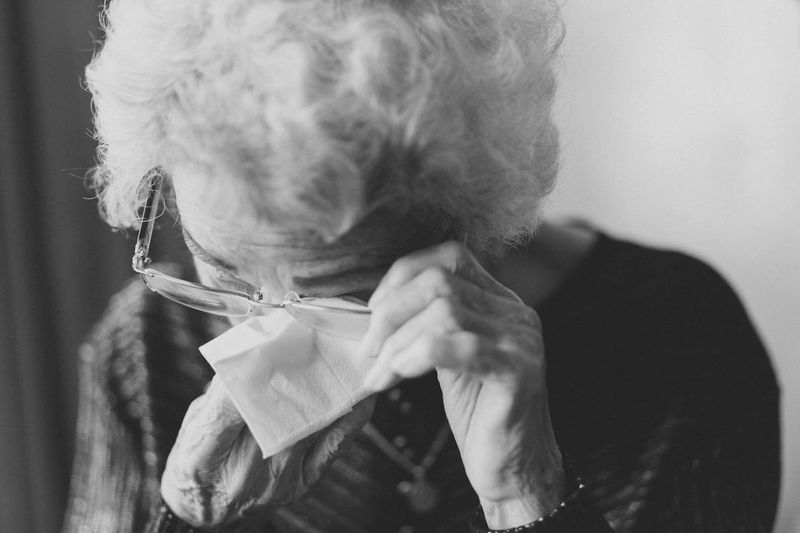Child Killer Robert Black: A Reign of Terror That Changed Britain
Introduction
The chilling case of child killer Robert Black has resurfaced in the public consciousness with the airing of the two-part documentary series, “Child Snatcher: Manhunt,” on Channel 5. Black, who terrorized Britain in the 1980s, was responsible for the abduction, assault, and murder of at least four young girls under the age of 12. His crimes sparked widespread fear and had a lasting impact on the safety of children, as parents became hesitant to let their children play outside.
An Era of Fear
Former Metropolitan Police commander, Gary Copson, reflects on how Black’s reign of terror transformed society. He laments the loss of the innocent joy of children playing in the street, a common sight during his own childhood. Copson attests that Black’s actions instilled a pervasive fear in parents, leading them to keep a constant watchful eye on their children.
The Vanishing Freedom to Play
Psychologists assert that Black’s crimes were a significant factor in the decline of children playing freely outside. The haunting memory of his abductions and murders left parents feeling anxious and reluctant to allow their children the freedom they once enjoyed. This cultural shift, a consequence of Black’s actions, has had far-reaching consequences for generations since.
A Serial Predator
Black, one of Britain’s most notorious serial child killers, ruthlessly targeted young girls between 1981 and 1986. His occupation as a lorry driver provided him with the means to dispose of the victims’ bodies without raising suspicion. The scale of his crimes prompted the largest murder investigation of the 20th century.
Shocking Revelations
During the investigation and subsequent arrest of Black, the extent of his depravity shocked even the most seasoned law enforcement officials. Former Met police commander, Mr. Copson, recounts the moment when Black nonchalantly drove past the scene of his crimes, as he casually stopped to refill his van with petrol. This disturbing act highlights Black’s apparent lack of remorse and the profound impact this case had on the investigators involved.
A Trail of Tragedy
While Black was convicted of three murders in 1994, along with a fourth in 2011, he was also a suspect in nine other cases. His confirmed victims include Susan Maxwell, who was 11 years old when she was abducted near the Scottish-English border in 1982. Her body was found 250 miles away in Loxley, Staffordshire, gagged and bound. The other victims were Caroline Hogg (5), Sarah Harper (10), and Jennifer Cardy (9).
Understanding the Mind of a Monster
Forensic psychiatrist Richard Badcock was assigned to interview Black in prison with the hope of eliciting a confession. During these interviews, Black frequently expressed his sense of victimhood, emphasising the mistreatment he endured throughout his life. However, Black never acknowledged his own role as a serial killer. Forensic psychologist Paul Britton highlights that despite Black’s troubled past, he always had the capacity to make different choices. Each abduction and offence against a child was a premeditated act, demonstrating Black’s agency and the opportunity he had to seek help or intervention, which he consciously chose not to pursue.
Editorial: The Lingering Impact
Black’s heinous crimes had a profound effect on British society, leaving an indelible mark on the collective memory. The fear he generated remains palpable, with parents still cautious about allowing their children the freedom to roam independently. While it is essential to acknowledge the unimaginable suffering endured by the victims and their families, it is also crucial to initiate broader discussions regarding the long-term implications of such cases.
Child Safety and Societal Change
The case of Robert Black highlights the need for ongoing conversations about child safety and the delicate balance between protecting our children and allowing them to experience the natural joys of childhood. As a society, we must strive to create an environment where children can explore and grow while ensuring their well-being and security.
The Role of Media
Media platforms play a vital role in keeping these conversations alive. Documentaries and programs like “Child Snatcher: Manhunt” raise awareness about the dangers children face and prompt action to prevent future harm. By engaging audiences and drawing attention to these painful chapters in our history, we can collectively work to protect the most vulnerable members of our society.
Advice: Promoting Child Safety
The case of Robert Black serves as a stark reminder that vigilance in protecting our children is of utmost importance. While paranoia should be avoided, some precautions can help ensure their well-being:
1. Open Communication
Maintain open lines of communication with your children. Encourage them to express any concerns or experiences they have had, fostering an environment of trust where they feel comfortable discussing their safety.
2. Education
Educate your children about personal safety from an early age. Teach them about potential dangers and how to recognize warning signs. Provide age-appropriate information to empower them to make safe choices.
3. Supervision & Boundaries
While it is important to allow children some freedom and independence, establish clear boundaries regarding where they can go and when they need adult supervision. Regularly check-in and ensure they are aware of the limits in place.
4. Internet Safety
In the digital age, awareness of online safety is crucial. Educate your children about the potential risks associated with social media, online predators, and the importance of privacy settings.
5. Community Engagement
Encourage involvement in local community groups and activities where children can socialize and enjoy supervised play. This not only fosters a sense of belonging but also provides additional safety in numbers.
6. Reporting Suspicious Activity
Remind children about the importance of reporting any suspicious or uncomfortable encounters to a trusted adult. Empower them to speak up when they feel uneasy or unsafe.
In conclusion, the case of Robert Black serves as a chilling reminder of the lasting impact of such crimes on society. It is our collective responsibility to ensure the safety and well-being of our children, while also allowing them to experience the joys of childhood. By promoting open communication, education, and vigilance, we can endeavor to create a society where children can thrive and be protected from such horrors.

<< photo by cottonbro studio >>
The image is for illustrative purposes only and does not depict the actual situation.




